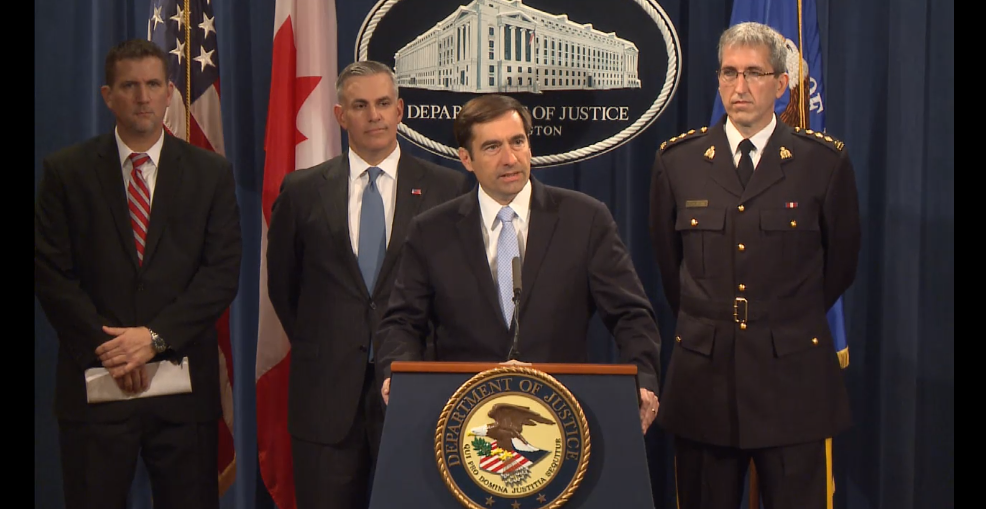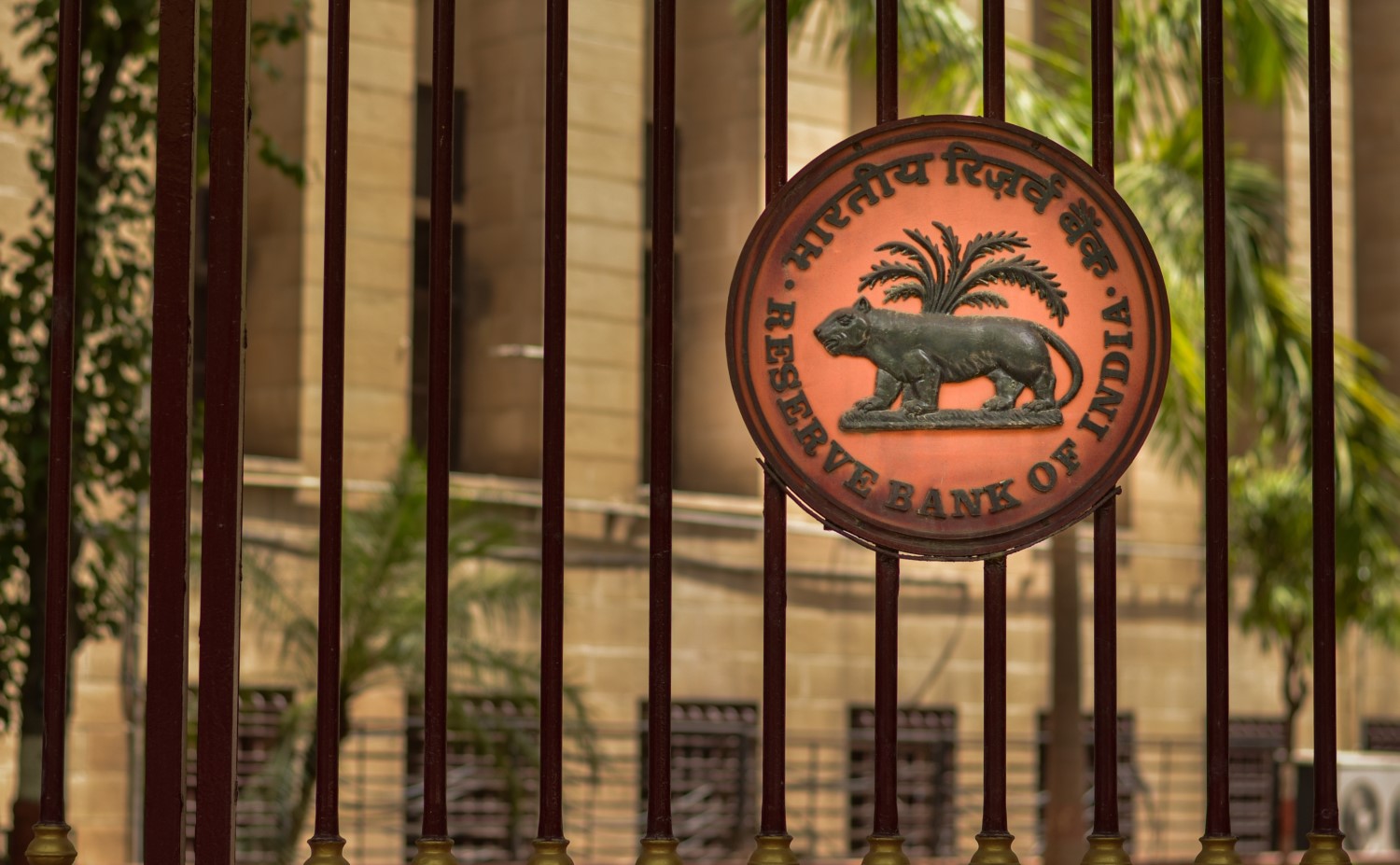EU Stablecoin Issuers With Bank Assets in Reserve Will Get Extra Regulation, EBA Draft Says
European stablecoin issuers would face extra rules if their reserves have a lot of derivatives or covered bonds under draft rules circulated by the European Banking Authority Monday.
New laws known as the Markets in Crypto Assets regulation (MiCA) mean any stablecoins deemed to be overly connected to the financial system face extra capital requirements and centralized supervision by the European Union (EU).
“Financial distress at one ART [asset-referenced token] or EMT [e-money token] issuer can materially increase the likelihood of distress at other issuers of crypto-assets or at other financial institutions given the network of contractual obligations in which issuers operate,” said the document, seen by CoinDesk, referring to the two categories of stablecoin set out in MiCA whose value is tied to fiat currency or other assets.
“In order to address increased risks from significant ARTs or EMTs, the issuers of those tokens must comply with additional obligations and their supervision is partly or fully assigned to the EBA,” added the draft, on which industry views are being sought over the coming weeks.
In December, the European Commission asked the bank agency for advice on how to decide that a stablecoin is linked to other parts of the financial world or is internationally significant, with a deadline of Sept. 30.
The EBA has now set out a range of tentative indicators such as the share of assets held in the reserve issued by other regulated financial institutions other than deposits, and the market share of cross border payments, alongside already legislated metrics such as the number of users and market capitalization.
Under MiCA, stablecoins deemed significant will be supervised by the EBA rather than national regulators, must carry out extra stress tests, and must have their own funds equal to 3% of their reserve rather than the usual 2%.
MiCA lets crypto wallet providers and exchanges operate across the bloc with a single license, and its stablecoin provisions take effect in June 2024. Rules designed to tackle the risks posed by largescale projects like the now-abandoned Libra/Diem project include a controversial cap on the use of digital payments that become so widely used as to supplant the euro.
ESMA, the EBA’s counterpart responsible for securities markets, issued its own consultation on licensing procedures two weeks ago.
Edited by Nikhilesh De.









